-
CN
-
Service Hotline
+8618129931046 Mr. Liao


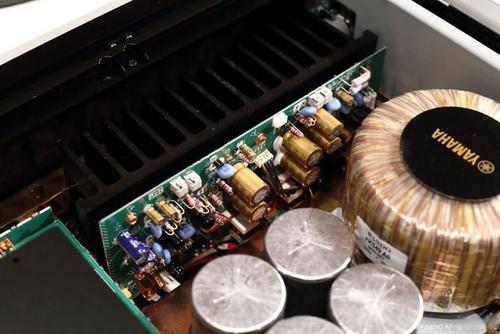
Hot Air Solder Leveling (HASL), commonly referred to as the PCB is a widely used surface finishing technique in printed circuit board (PCB) manufacturing. This process involves coating the exposed copper pads of a PCB with a layer of molten solder, typically a eutectic alloy of 63% tin and 37% lead
 Aug 16, 2025
Aug 16, 2025
 1
1

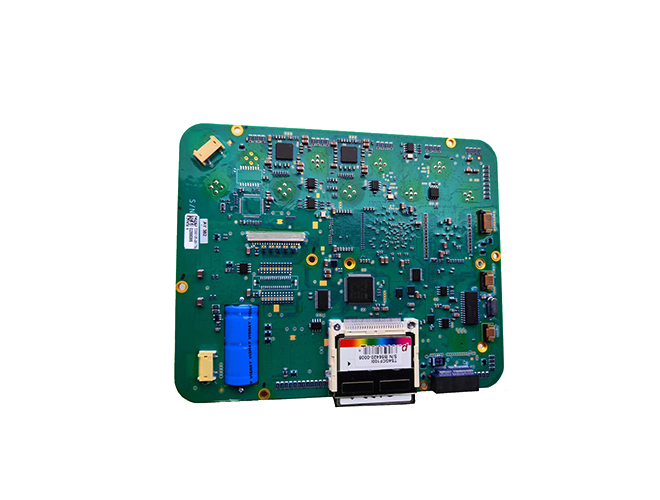
PCB surface coatings are essential layers applied to the surface of printed circuit boards to protect exposed copper conductors, enhance solderability, and ensure long-term reliability. These coatings act as a barrier against environmental factors such as moisture, dust, oxidation, and corrosion, wh
 Aug 15, 2025
Aug 15, 2025
 1
1

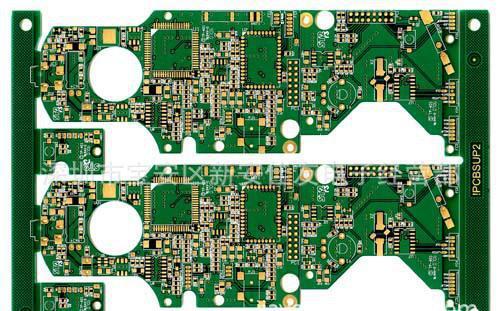
https://www.chengchipcba.com/industry_news/Introduction-to-AOI-Automated-Optical-Inspection_460.htmlPCB automated production refers to the use of advanced machinery, robotics, and computer-controlled systems to manufacture printed circuit boards (PCBs) with minimal human intervention. This streamlin
 Aug 14, 2025
Aug 14, 2025
 1
1

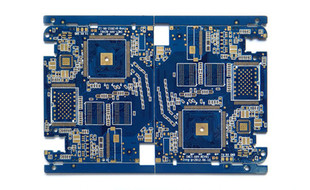
The PCB testing process is a comprehensive series of procedures designed to verify the functionality, reliability, and quality of printed circuit boards (PCBs) before they are integrated into electronic devices. This multi-stage process begins immediately after manufacturing and continues through va
 Aug 13, 2025
Aug 13, 2025
 1
1

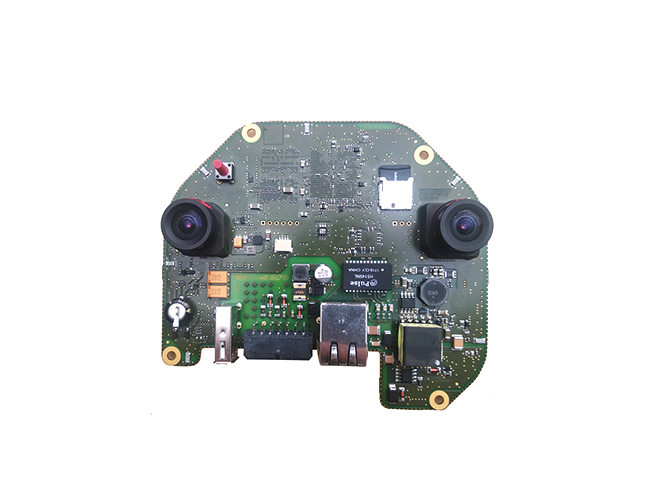
PCB circuit etching precision refers to the accuracy with which the conductive copper layers on a printed circuit board (PCB) are patterned during the etching process, directly impacting the board’s functionality, signal integrity, and ability to accommodate miniaturized components. Achieving high p
 Aug 12, 2025
Aug 12, 2025
 1
1

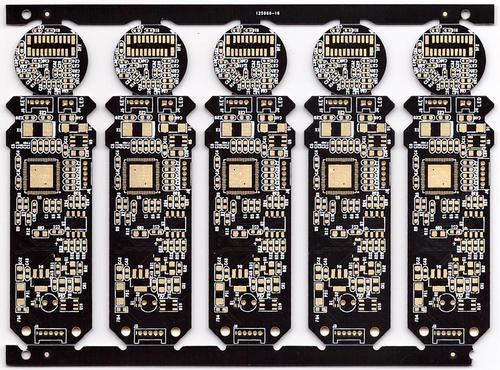
PCB blind and buried via fabrication is a sophisticated technique used in multi-layer printed circuit boards (PCBs) to create electrical connections between specific layers without penetrating the entire board, enhancing design density and reducing signal interference. Blind vias connect an outer la
 Aug 09, 2025
Aug 09, 2025
 1
1
